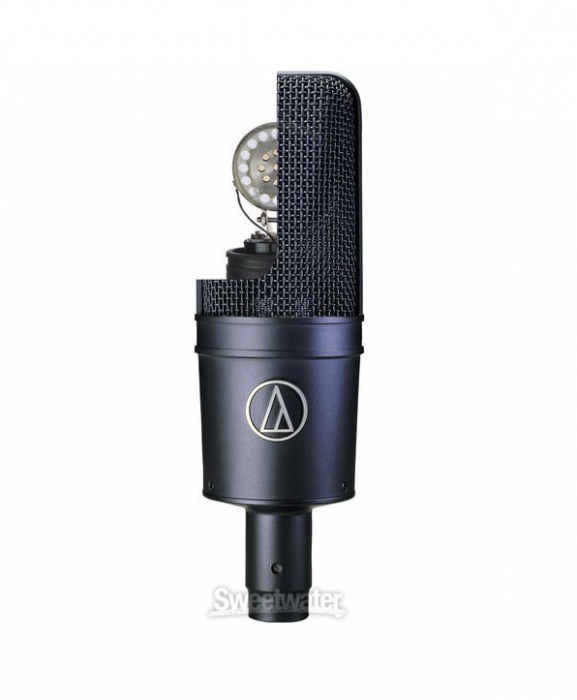
Studios all across the world use condenser microphones, though you might’ve never considered what makes a “true condenser” as opposed to… not? As laid out in our explanation of condenser microphones, all condensers are rely on variable capacitors to produce an audio source. This is no different with electret condensers, but there’s an important distinction to be made…
The difference between electret and true condensers
An electret, or back-electret microphone, is one type of capacitor/condenser microphone. All capacitor microphones work by having an electrical charge applied. As the sound waves strike the diaphragm and make it move relative to the backplate, the electrical value of the capacitor changes. As the diaphragm gets closer to the backplate, the capacitance value increases, and as it moves further away it decreases. The change in capacitance is used to generate the audio signal.
How does an electret microphone work?
In a true capacitor mic, the electrical charge comes from phantom power or from a separate power supply, such as those supplied with tube microphones. However, electret microphones use a different method for keeping the capsule charged, employing an electret material. An electret material is one that carries a permanent electrical charge sealed within an insulating film. This means that no power is required to charge the microphone. (External power may still be required to run the mic’s internal electronics.)
When are electret condenser mics used?
Very inexpensive electret microphones tend to be found in consumer electronic and mobile devices. However, if the electret material is fixed to the backplate (hence the term “back-electret”), allowing it to be used in conjunction with a conventional gold-on-Mylar diaphragm, electret mics can offer the same performance as a conventional condenser mic but without the need for an external voltage to maintain the charge.


